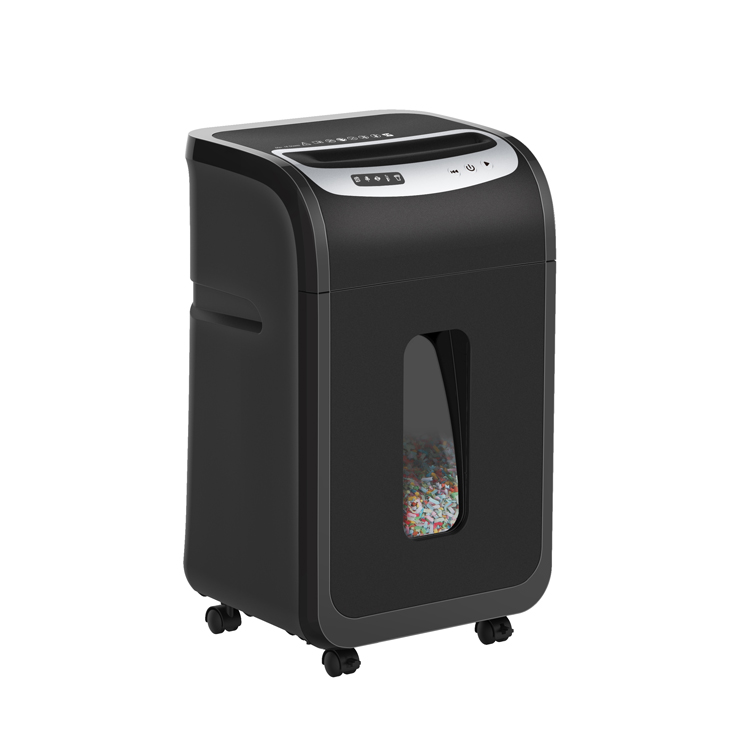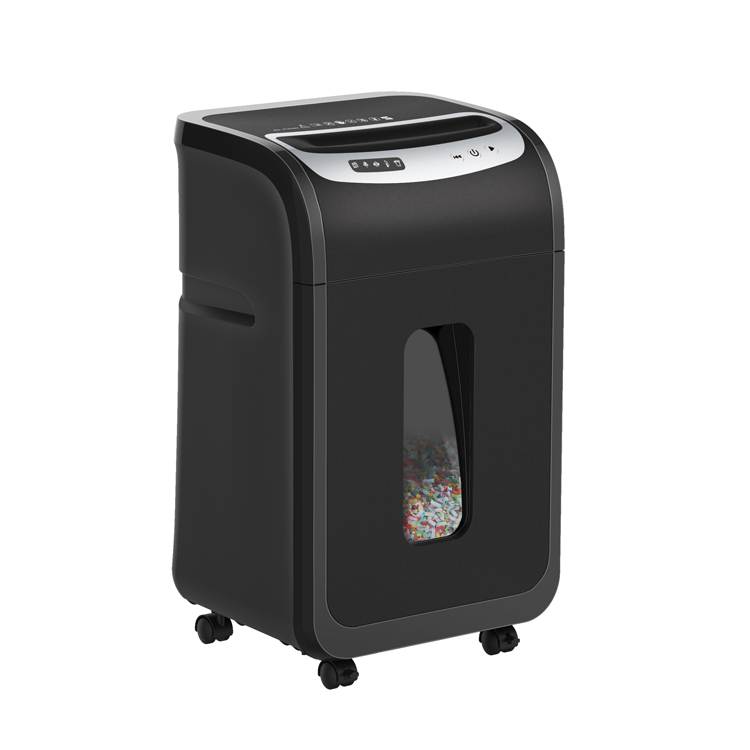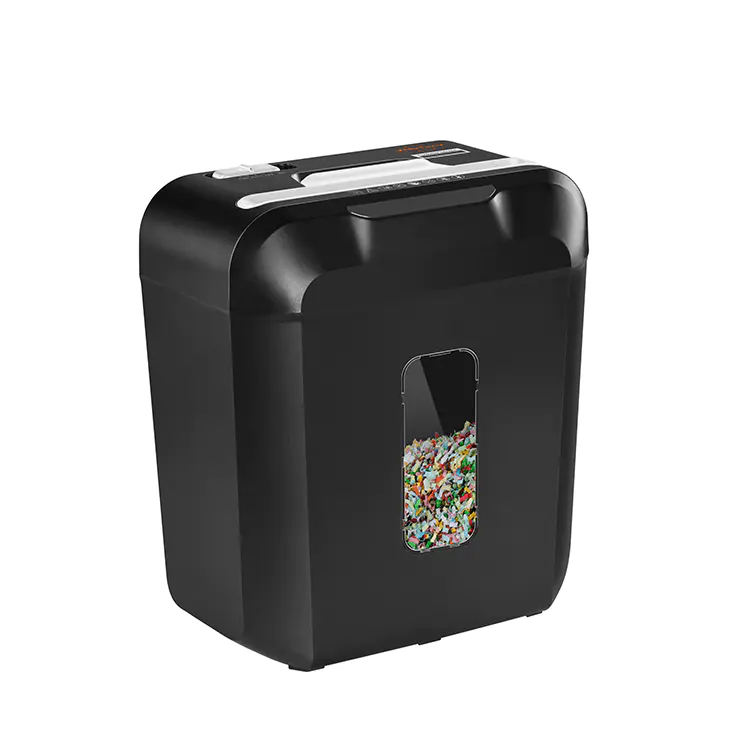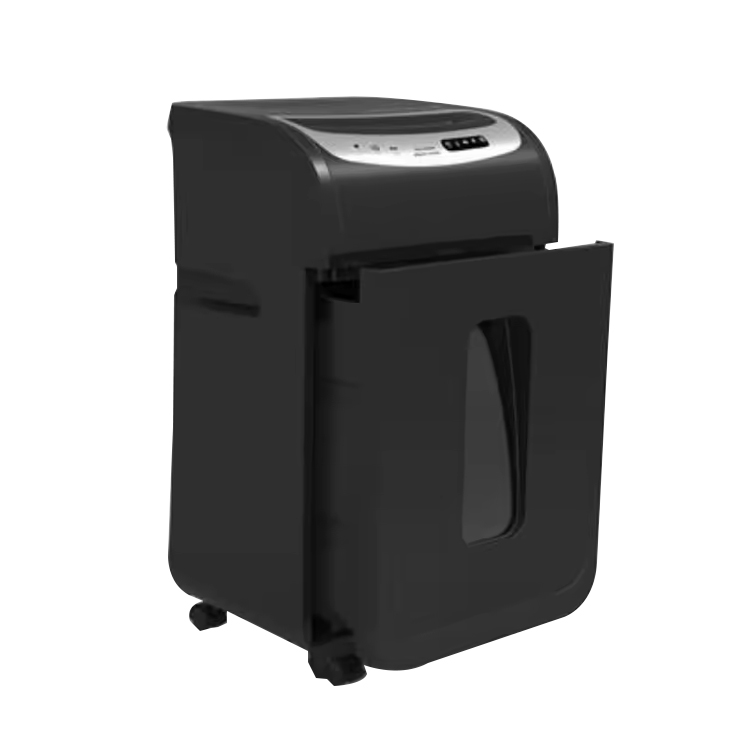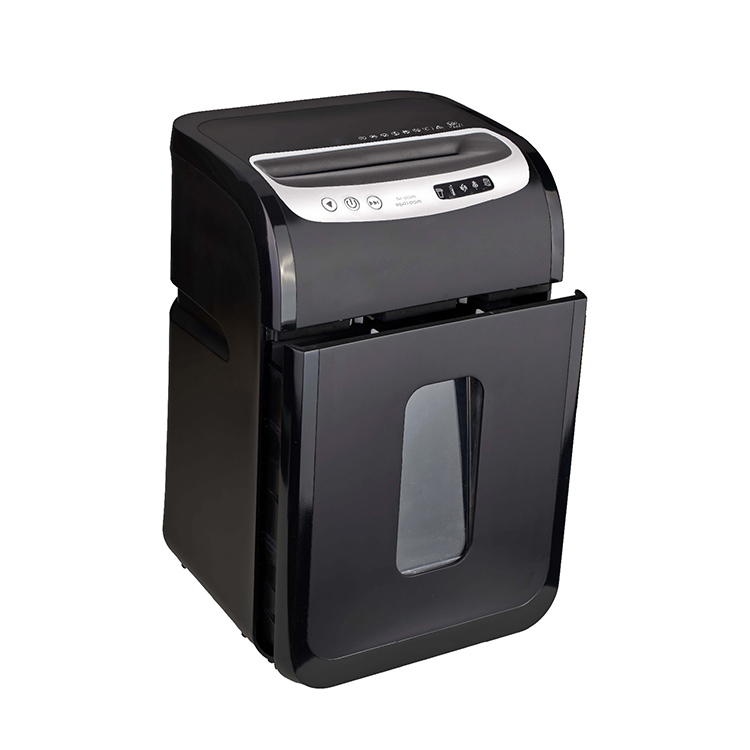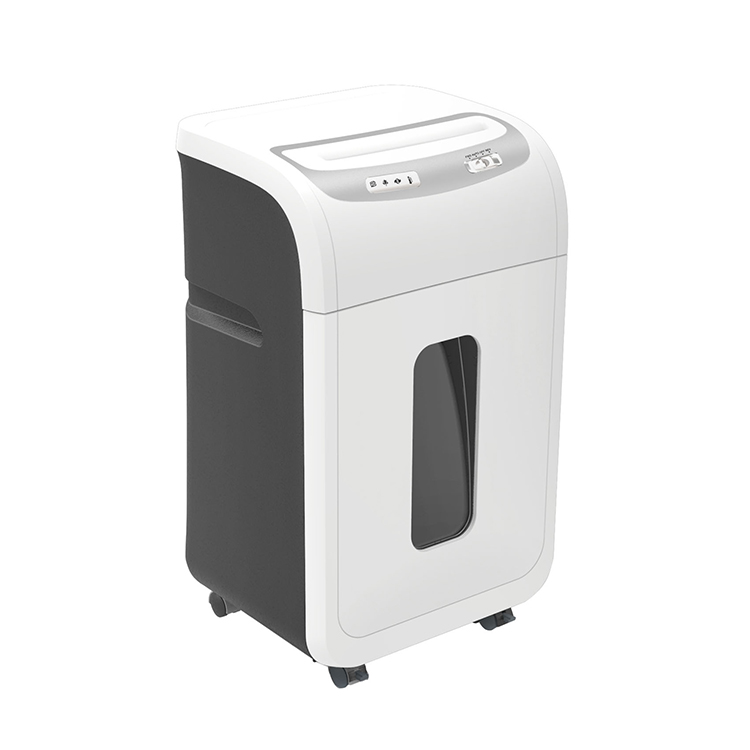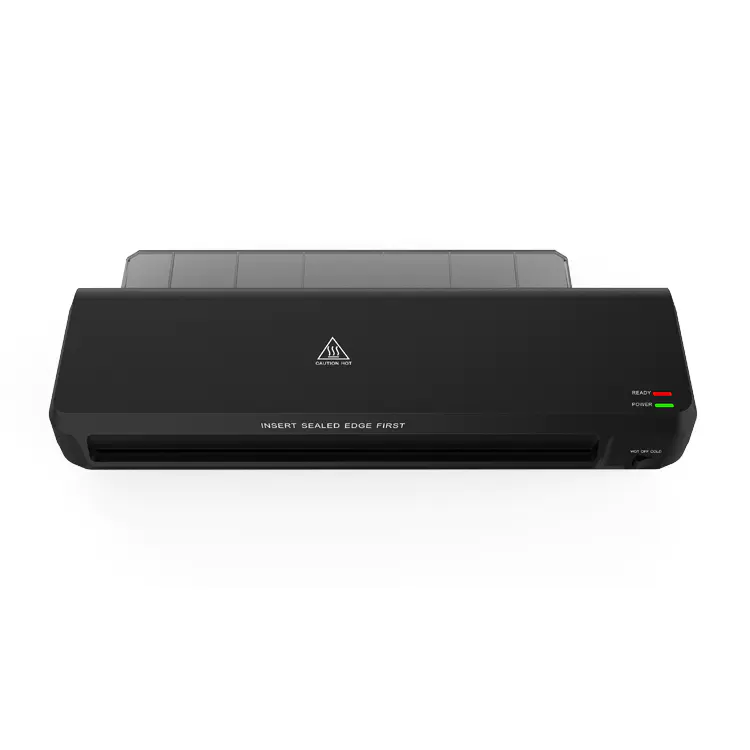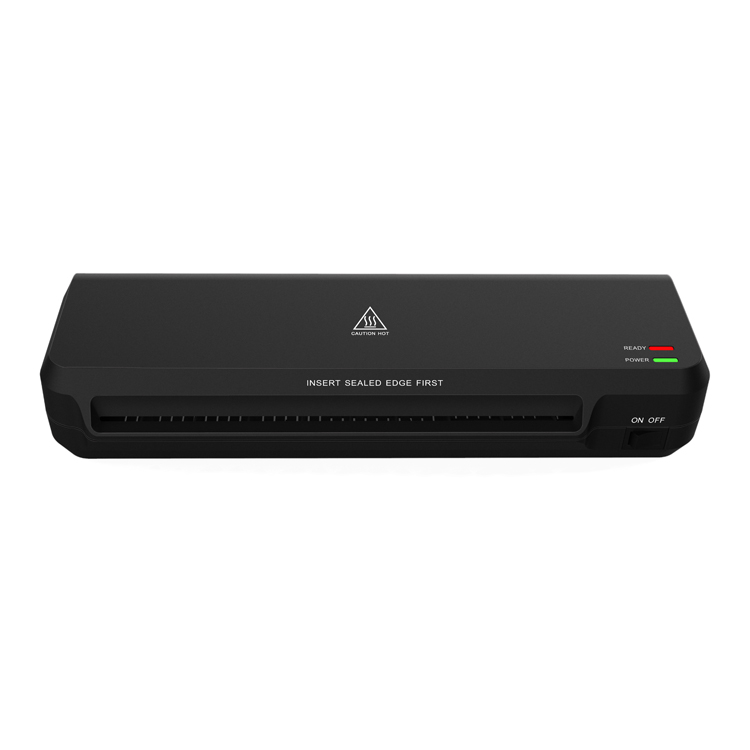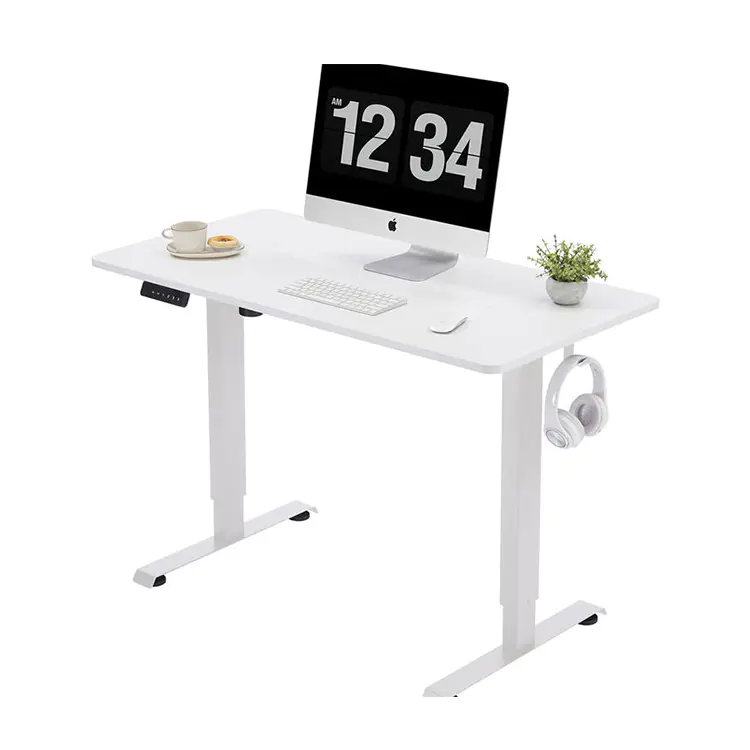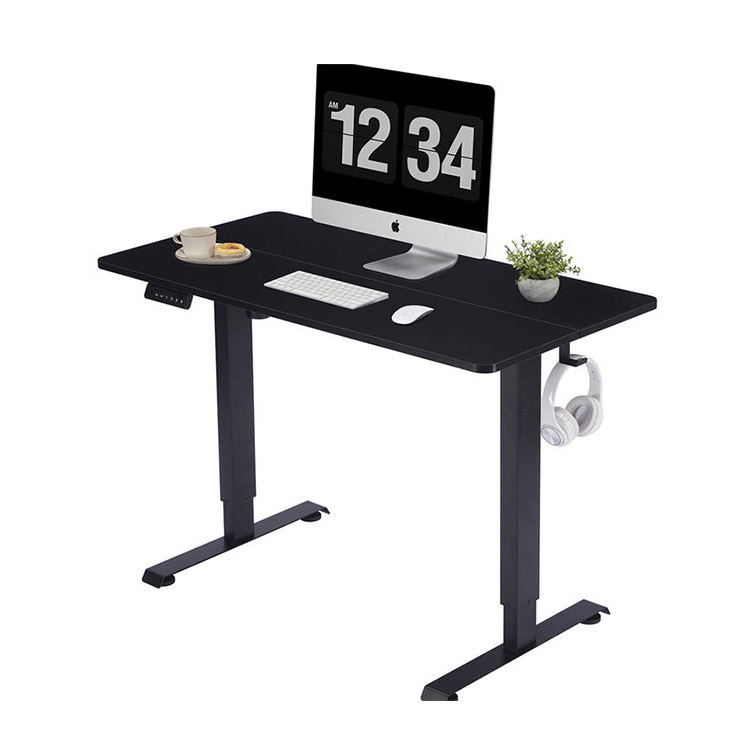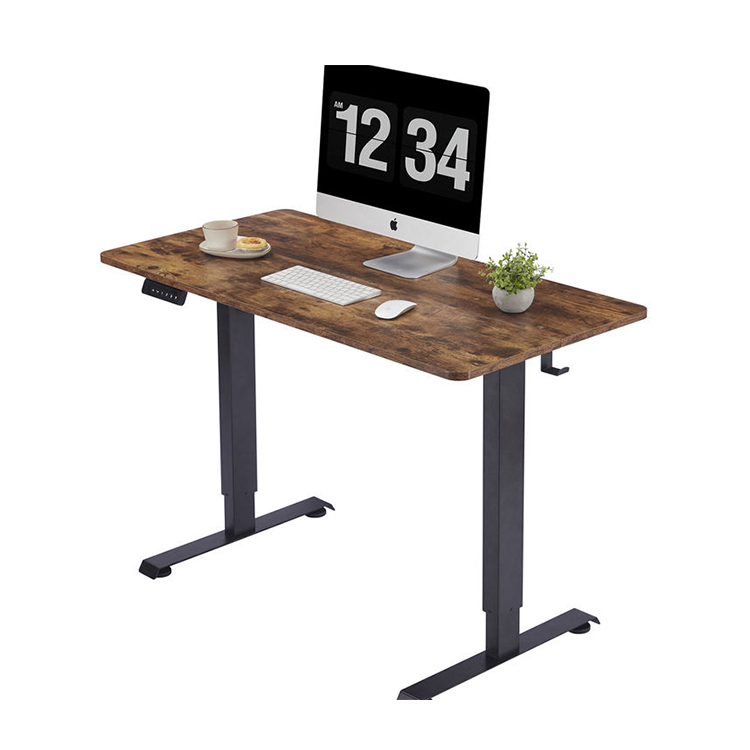Heat sealers vs. cold sealers: Which is better for office use? A comprehensive comparison and analysis
1. Working Principles: Basic Differences Between Thermal and Cold Laminating Machines
Working Principle of Thermal Laminating Machines
Thermal laminating machines mainly rely on heating technology to laminate materials. The machine uses a heated platen, typically with a pair of heated rollers, to bond the laminating film to the document by applying heat and pressure. The thermal laminating film is usually made of polypropylene (PP) or polyester (PET) materials, which offer good transparency and protection.
Steps of operation:
- Turn on the thermal laminating machine and set the desired temperature.
- Place the document and laminating film into the feed slot.
- The heated platen applies heat to the film and document, bonding them together.
- The laminated document is pressed through rollers and comes out from the discharge slot.
The advantage of thermal laminating machines is that they are suitable for a wide range of materials, including paper, photos, and cards, providing a strong, durable finish.
Working Principle of Cold Laminating Machines
Unlike thermal laminating machines, cold laminating machines use pressure and adhesive technology to laminate materials without heat. Cold laminating machines typically use PVC laminating films, which have built-in adhesive properties. The operation of a cold laminating machine is simpler and safer since no heat is involved.
Steps of operation:
- Turn on the cold laminating machine and ensure it is in good working condition.
- Place the document and cold laminating film into the feed slot.
- The machine uses pressure rollers to apply the adhesive film to the document, bonding them together.
- The laminated document is then ejected from the discharge slot.
Cold laminating machines are particularly suitable for materials sensitive to heat, offering a safer and more straightforward operation.
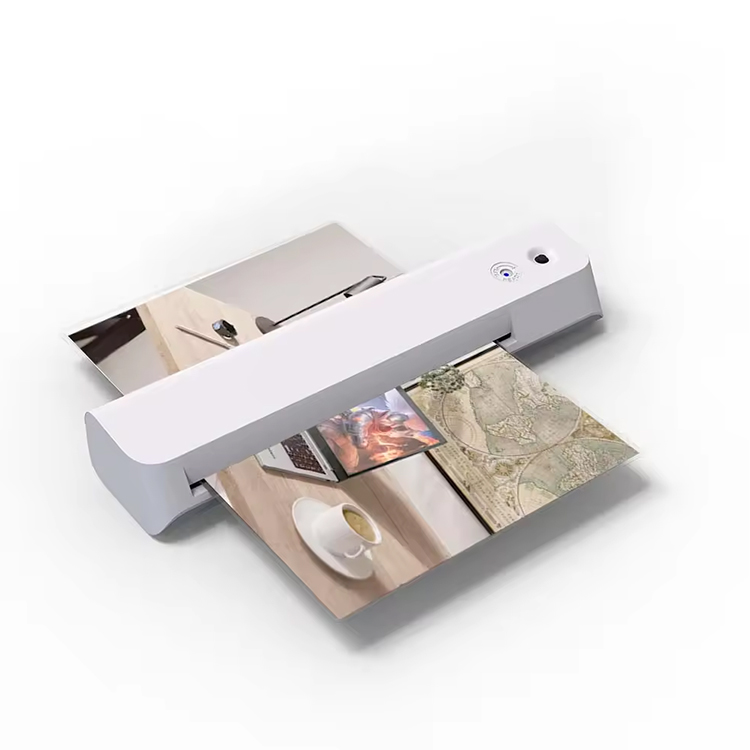
2. Lamination Results Comparison
Lamination Results with Thermal Laminating Machines
Thermal laminating machines bond the laminating film tightly to the document due to the heat. The laminated surface becomes smooth, transparent, and durable, providing excellent protection against water, dirt, and tearing. Thermal laminating is especially ideal for documents, photos, certificates, and other materials that need long-term preservation.
Characteristics of Lamination:
- Durability: Thermal laminating provides a strong bond, making it ideal for long-term document protection.
- High Transparency: The use of transparent films ensures that the laminated document retains its clarity and color.
- Superior Protection: Thermal lamination protects documents from moisture, dirt, and tears, ensuring that important materials last.
Lamination Results with Cold Laminating Machines
Although the lamination effect of cold laminating machines may not be as strong as thermal laminating machines, they are still suitable for materials that cannot withstand heat, such as heat-sensitive papers and glossy prints. Cold laminating machines use self-adhesive films that bond when pressure is applied.
Characteristics of Lamination:
- Wide Compatibility: Cold laminating machines are suitable for a variety of heat-sensitive materials.
- Protection Level: Cold lamination offers less protection compared to thermal lamination, as the bond is not as strong, and the film is more prone to wear and tear.
- Smooth Finish: Cold laminating machines can still provide a smooth finish, but the bond may not be as durable as thermal lamination.
3. Materials Comparison
Materials Suitable for Thermal Laminating Machines
Thermal laminating machines are versatile and suitable for various types of documents, especially those that require long-term protection. Common materials include:
- Paper: Documents, reports, certificates, etc.
- Photos: Thermal laminating machines offer excellent protection for photographs, preventing fading and damage from moisture or dirt.
- Cards: IDs, membership cards, business cards, etc.
- Thin Plastics: Suitable for protecting thin plastic materials.
Materials Suitable for Cold Laminating Machines
Cold laminating machines are especially useful for materials that cannot withstand high heat. Common materials include:
- Glossy Paper: Such as photo paper, business card stock, etc.
- Thermal Paper: Receipts, labels, tickets, and other heat-sensitive materials.
- Printed Materials: Cold laminating machines are great for protecting printed products like brochures and flyers.
4. Safety and Convenience of Use
Safety and Convenience of Thermal Laminating Machines
Thermal laminating machines provide superior lamination quality, but because they require heat, they come with potential safety concerns. High temperatures can lead to burns or other accidents, especially in busy office environments. Additionally, thermal laminating machines require preheating, which can slow down the process and reduce efficiency when laminating a large number of documents.
Advantages:
- Suitable for a wide range of materials.
- Provides stronger protection for documents.
Disadvantages:
- High temperatures pose safety risks.
- Requires preheating, which can make the process slower.
Safety and Convenience of Cold Laminating Machines
Cold laminating machines, on the other hand, do not use heat, making them safer and simpler to operate. The absence of heating means there is no risk of burns, and the machine is ready for use immediately without waiting for warm-up. Cold laminating machines are ideal for high-volume, quick lamination tasks. However, their lamination results are generally not as robust as those of thermal laminating machines.
Advantages:
- Safe to use with no heat involved.
- Quick setup and faster operation.
Disadvantages:
- Lamination results may be less durable.
- Not suitable for all types of materials, particularly those requiring stronger protection.
5. Lamination Speed and Efficiency
Lamination Speed with Thermal Laminating Machines
Thermal laminating machines generally have slower lamination speeds due to the need for preheating. The time it takes to heat up the machine can slow down the entire process. Typically, a thermal laminating machine can process 1-2 documents per minute, making it more suitable for smaller batches of lamination. For large-volume lamination, the preheating time and slower processing speed may hinder efficiency.
Lamination Speed with Cold Laminating Machines
Cold laminating machines do not require preheating, so they are faster to use. They can handle a higher volume of lamination in a shorter amount of time, making them ideal for high-volume lamination needs. Cold laminating machines can process 5-10 documents per minute, making them more efficient when dealing with large quantities of materials.
6. Cost Comparison
Cost of Thermal Laminating Machines
Thermal laminating machines are generally more expensive, both in terms of initial purchase price and operating costs. The laminating films (PP films, PET films) required for thermal lamination tend to be more costly. Additionally, the power consumption of thermal machines, especially when used for large batches, can add to the overall expense.
Cost of Cold Laminating Machines
Cold laminating machines are typically more affordable than thermal laminating machines. The laminating films (usually PVC) for cold lamination are also cheaper. The long-term operational cost of cold laminating machines is lower because they do not require heating, making them more cost-effective for offices with high-volume lamination needs.
7. Maintenance and Cleaning
Maintenance of Thermal Laminating Machines
Thermal laminating machines require regular maintenance, particularly in cleaning the heated rollers. Since heat is involved in the process, adhesive residue and dust can accumulate on the rollers, affecting lamination quality. Regular cleaning is essential to maintain optimal performance. Additionally, it’s important to check the heating components and temperature control system to ensure the machine is operating correctly.
Maintenance of Cold Laminating Machines
Cold laminating machines are easier to maintain since they do not involve high temperatures. Cleaning is typically limited to checking and maintaining the pressure rollers and ensuring the film is properly loaded. These machines have fewer components that are prone to wear and tear, making them more straightforward to maintain.
8. Ideal Office Environments
Ideal Office Environments for Thermal Laminating Machines
Thermal laminating machines are ideal for small offices or environments that require high-quality lamination. They are suitable for archiving important documents, protecting certificates, and laminating photos. Thermal laminating machines are perfect for offices that need to protect materials for long-term storage or preservation.
Ideal Office Environments for Cold Laminating Machines
Cold laminating machines are better suited for high-volume lamination in environments that need quick, cost-effective solutions. They are ideal for offices dealing with marketing materials, brochures, or promotional documents. Cold laminating machines are perfect for offices that need to laminate a large number of documents in a short time, such as print shops, marketing agencies, and document centers.
9. Pros and Cons Summary
| Feature | Thermal Laminating Machines | Cold Laminating Machines |
|---|---|---|
| Lamination Effect | Strong, durable | Not as strong as thermal lamination |
| Suitable Materials | Various documents, photos, thin plastics | Suitable for heat-sensitive materials |
| Safety | Needs heat, safety risks involved | Safe, easy to operate |
| Speed | Preheating required, slower speed | No preheating, faster speed |
| Cost | Higher initial and operational cost | Lower initial and operational cost |
| Maintenance | Requires cleaning heated rollers | Easier maintenance, fewer issues |

 English
English русский
русский Español
Español Deutsch
Deutsch عربى
عربى
 0
0

